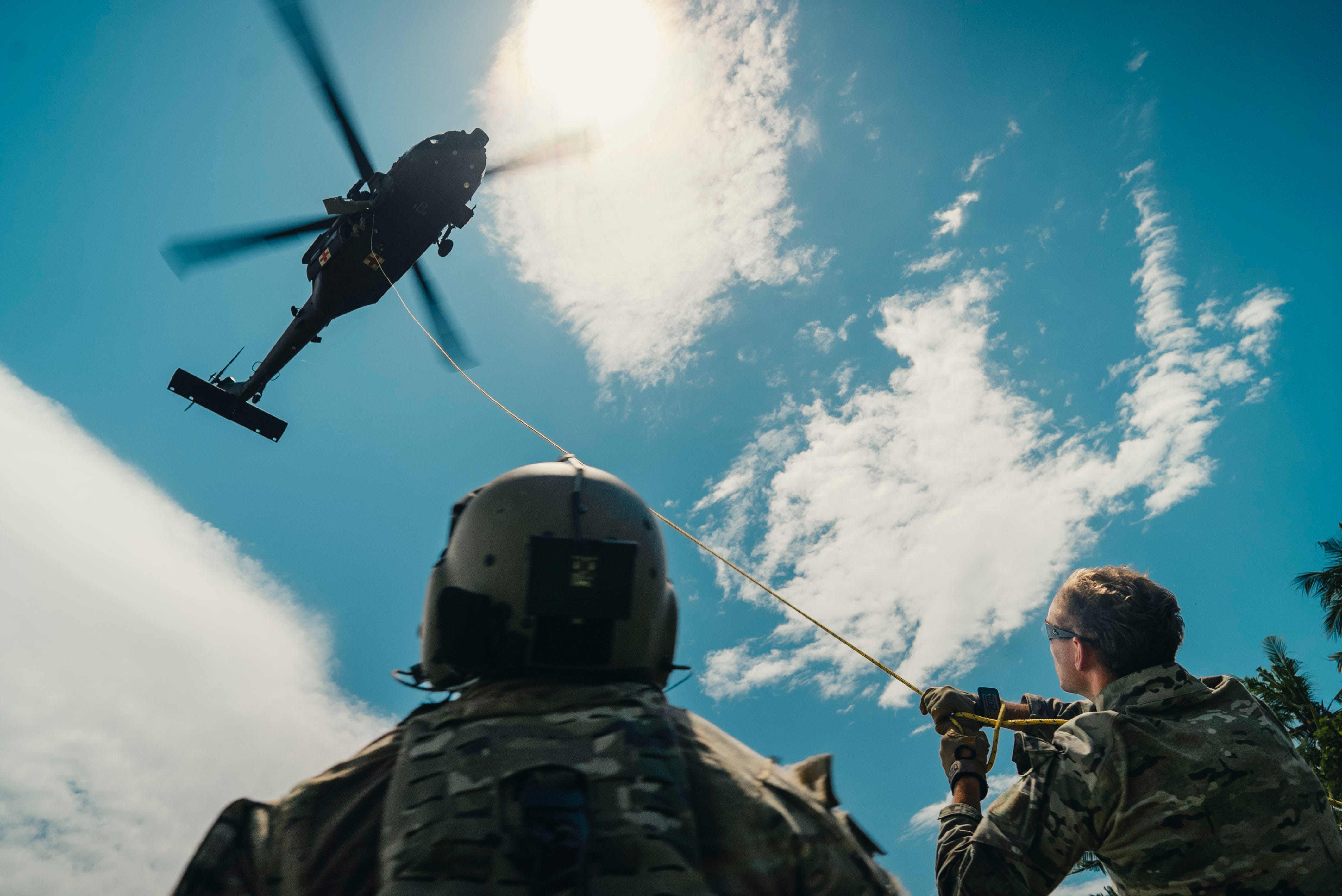
US Army photo by Spc. Noah Martin
Less crewed helicopters, more cheap drone swarms. That’s just one of the directives listed in a memo from Secretary of Defense Pete Hegseth on sweeping changes to the US Army.
Hegseth envisions a future Army in which drone swarms capable of overwhelming enemies replace crewed helicopters and augment the remainder of that fighting force. There’s much more to the plan though.
The defense secretary’s memo addressed to Army Secretary Daniel Driscoll was shared on Thursday and included strategic transformations, force restructuring, and cuts to certain programs and systems. The plan represents one of the largest Army overhauls since the Cold War, and the initiative is expected to cost billions.
Some planned changes, like plans to give every division 1,000 drones within the next two years, have clear timelines and immediate impacts. Others, such as “modernizing language training programs to improve mission effectiveness,” are vague.
Drones, ammunition, and the Indo-Pacific
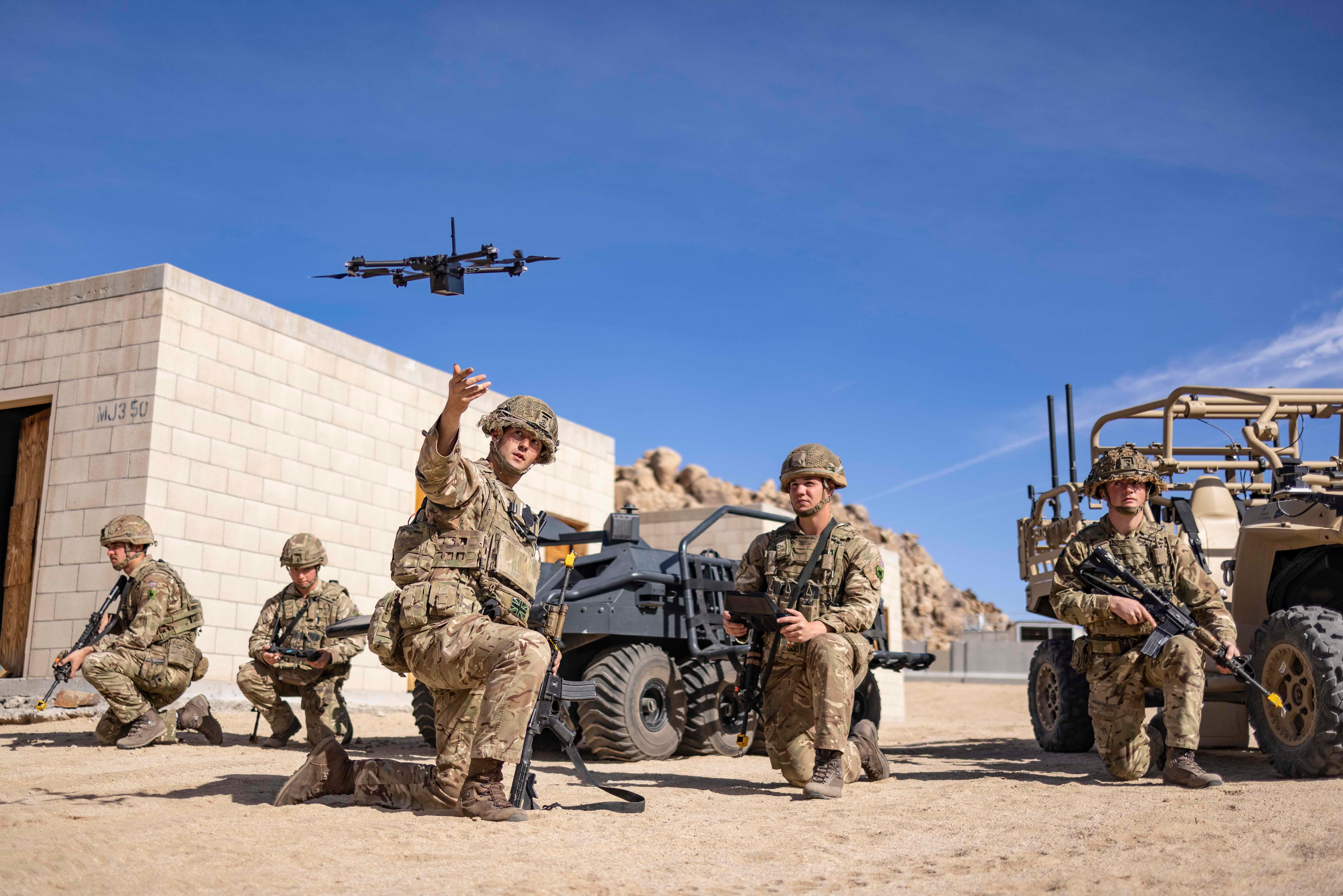
Army Futures Command
Hegseth has directed Driscoll to “transform the Army now for future warfare.”
Within the next two years, every Army division will have uncrewed aerial systems. Counter-UAS systems, too, should be integrated into maneuver platoons by then and maneuver companies by the following year, 2027.
By 2027, the Army should also be fielding long-range missiles that can strike moving land and maritime targets. Some Army systems that could fit that bill include the surface-to-surface Precision Strike Missile (PrSM), the Mid-Range Capability Typhon system, and the Long-Range Hypersonic Weapon.
The service should also achieve dominance over the electromagnetic spectrum and air-littoral spaces, both of which have been deemed critical subdomains for future wars, and artificial intelligence-driven command and control at the Army’s theater, corps, and division headquarters.
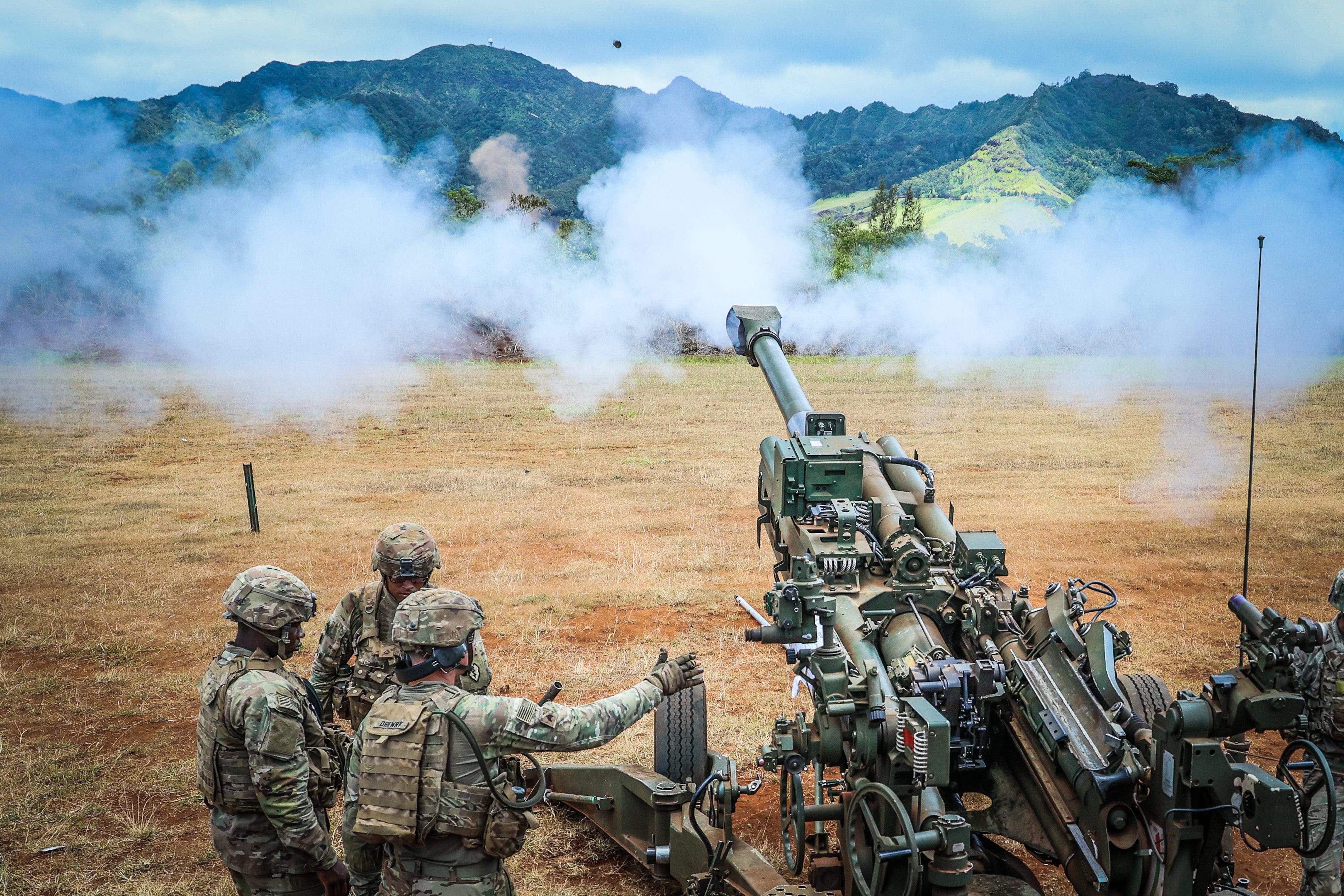
US Army photo by Spc. Jessica Scott
Among the directives is a call to “modernize the organic industrial base to generate the ammunition stockpiles necessary to sustain national defense during wartime,” with a goal of full operations by 2028. Driscoll recently told BI that strengthening the defense industrial base and deepening the Army’s magazine was a priority for him, especially when thinking about a possible war with China, an Indo-Pacific power and top rival.
In line with that thinking, the memo directs the Army to strengthen its forward presence in the Indo-Pacific by expanding the Army’s caches of warfighting equipment, conducting military exercises with allies and partners, and rotating deployments in the region. US President Donald Trump, Hegseth, Driscoll, and other officials have all identified countering China as a top priority.
“The President gave us a clear mission: achieve peace through strength,” Hegseth wrote in the memo. “To achieve this, the US Army must prioritize defending our homeland and deterring China in the Indo-Pacific region.”
The emphasis on heavily transforming the Army ahead of 2027 raises questions about the motivations. Chinese leader Xi Jinping has directed the Chinese People’s Liberation Army to be ready to execute an invasion of Taiwan by 2027. Though that goal does not mean action is guaranteed, US military officials have used China’s deadline as a readiness guide.
‘A leaner, more lethal force’
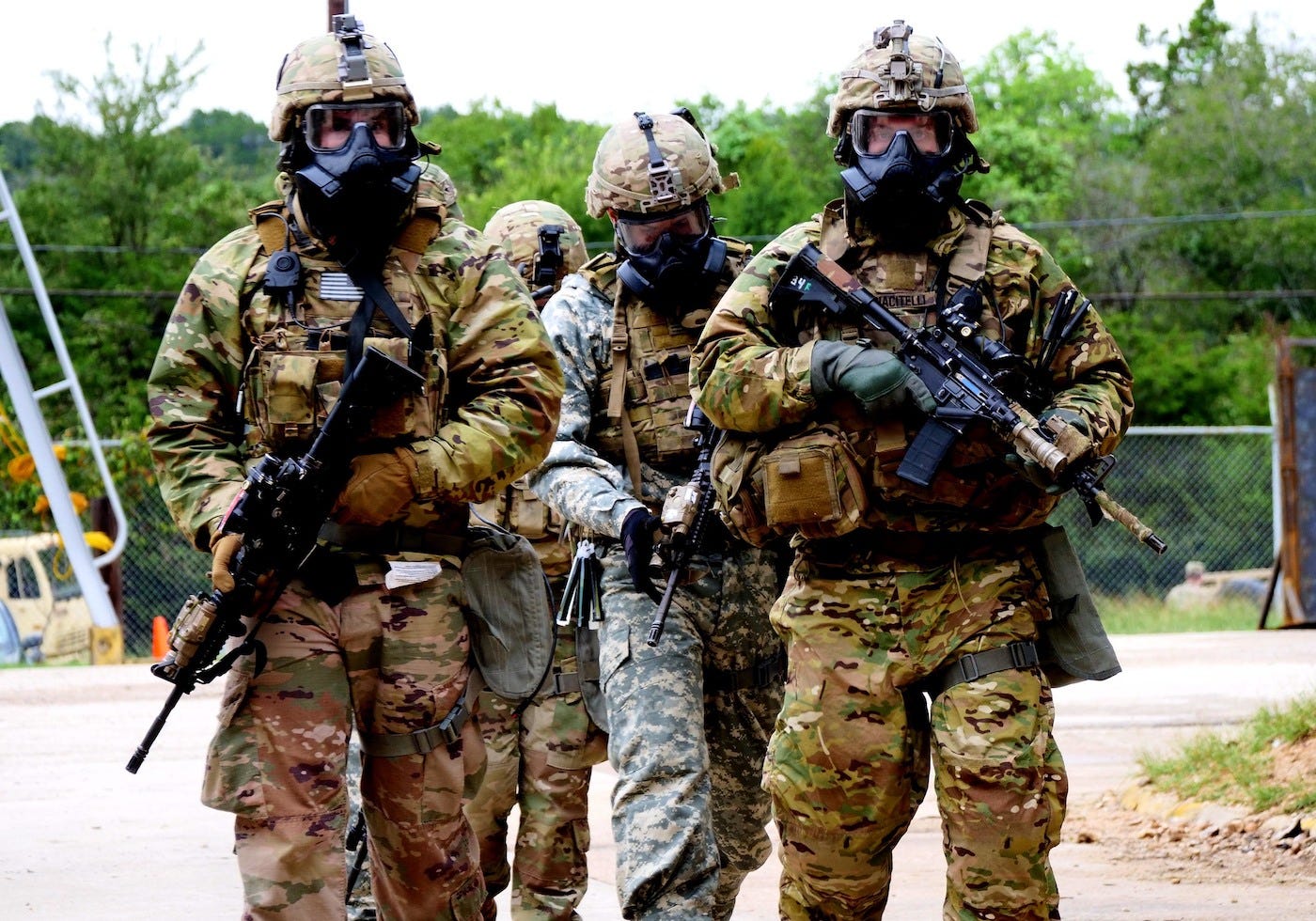
Capt. Scott Kuhn/US Army
Hegseth and others in the Trump administration have highlighted their intentions to cut what they deem as wasteful spending in the Pentagon. The Army memo goes into that but still leaves some questions unanswered.
The defense secretary is instructing the Army to substantially rework its force structure, which includes merging headquarters to synchronize kinetic and non-kinetic fires, implementing space-based capabilities, and adopting uncrewed systems.
As already noted, Hegseth’s memo also includes a plan to “reduce and restructure crewed attack helicopter formations and augment with inexpensive drone swarms capable of overwhelming adversaries.” It also includes plans to “divest outdated formations, including select armor and aviation units” across the Army.
Major reforms are intended for some Army headquarters, including the merging of Army Futures Command and Doctrine Command into one and Forces Command and US Army North and South into a single entity focused on homeland defense and Western allies.
Additionally, some weapons systems and capabilities deemed obsolete are being axed, including certain crewed aircraft programs, ground vehicles like the High Mobility Multipurpose Wheeled Vehicle, or Humvee, and outdated UAVs. Driscoll’s staff recently told BI that some legacy systems could be on the chopping block in pursuit of lethality.
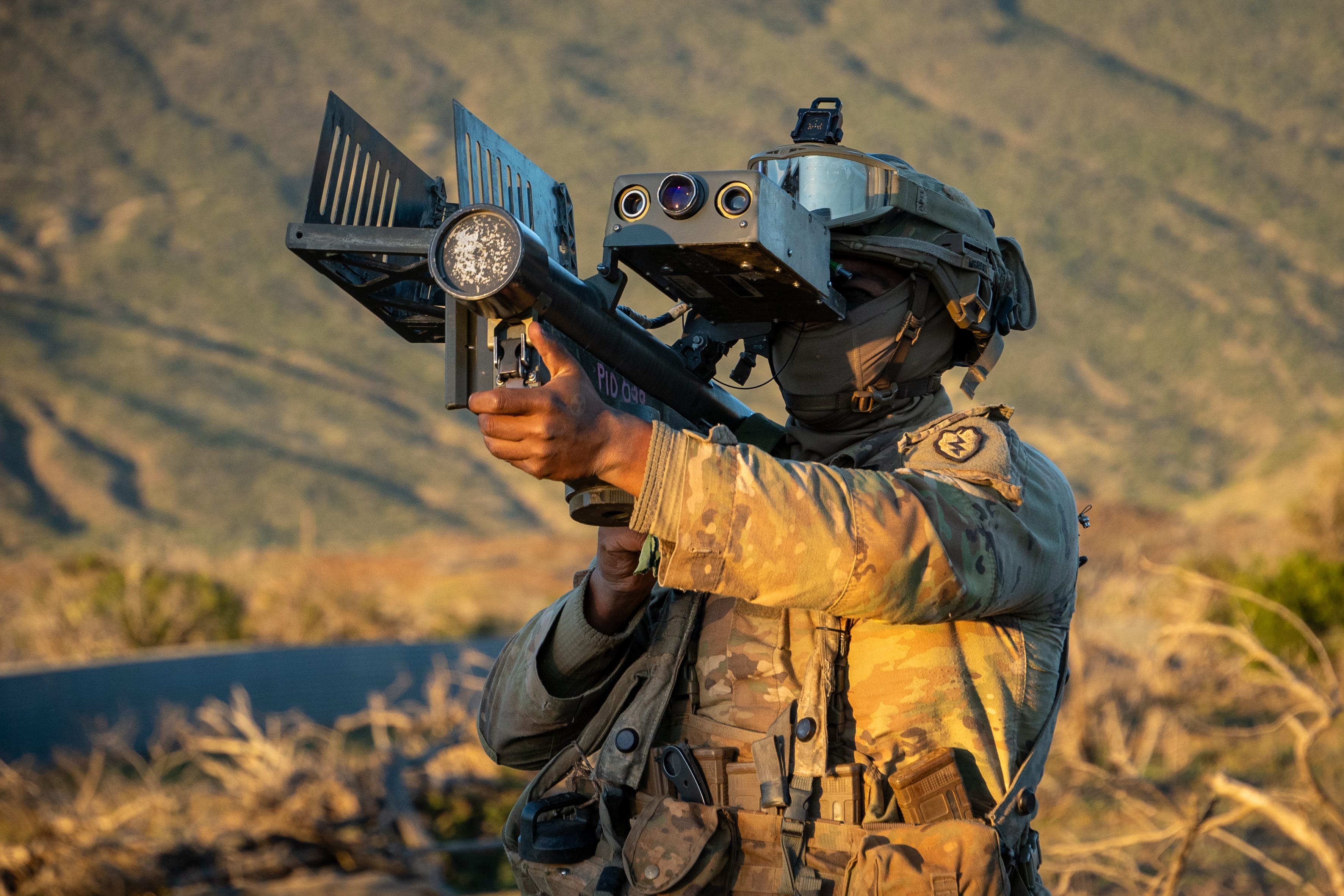
U.S. Army photo by Sgt. 1st Class Ryele Bertoch
Workforce reduction is also a priority and falls in line with larger priorities from Hegseth and Trump. Information in the memo on this is sparse. It calls on the Army to “optimize force structure to achieve maximum readiness” and “prioritize merit and skill needed for today’s battlefield across the uniform and civilian workforce.”
Revisions to civilian hiring and firing policies and cuts to general officer positions are planned.
When asked about Hegseth’s priority for a “learner, more lethal force” and what that means for the workforce, Col. David Butler, communications adviser to Chief of Staff of the Army, told BI that the likely intention is to make cuts to “staff and bureaucracies,” not maneuver or warfighting formations.
Butler said Army leadership believes cutting those areas will lighten the organizational structure and “better serve the warfighter.”
Conversations around a “leaner” Army have been a major topic in recent weeks. Earlier this month, sources told Military.com the Army was quietly considering a reduction of up to 90,000 active-duty troops. The Army labeled the story “wrong,” writing on X that it was “building more combat power while reducing staff and overhead.”
Hard decisions for the Army

U.S. Army photo by Sgt. 1st Class Andrew R. Sveen
Many of these changes indicate sweeping plans and reforms for the Army. Talking to Fox News on Friday, Driscoll said that while “these are hard decisions,” especially ones around legacy systems and weapons reform. That said, “the old way of doing war with no longer suffice,” he explained.
The Army secretary said he and the service have been “empowered to go make the hard decisions and the hard changes to reallocate our dollars to best position our soldiers to be the most lethal that they can be.”
The post Cheap drone swarms for helicopter fights — This is just one of the ways Hegseth wants to remake the Army for the next war appeared first on Business Insider.




